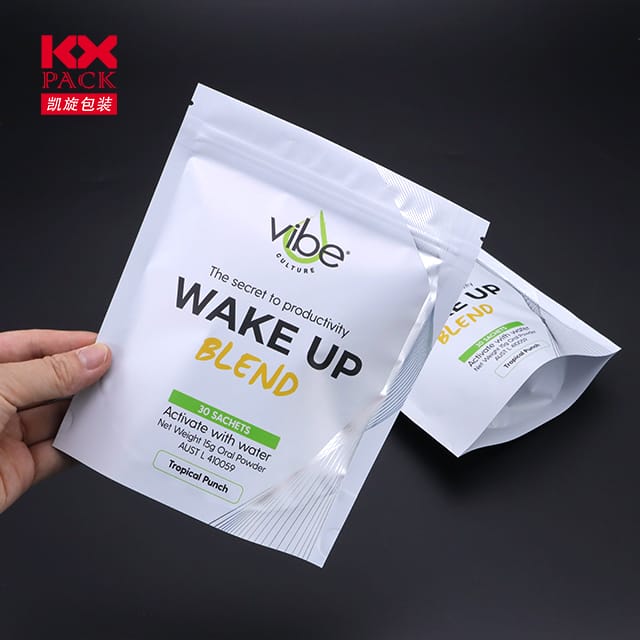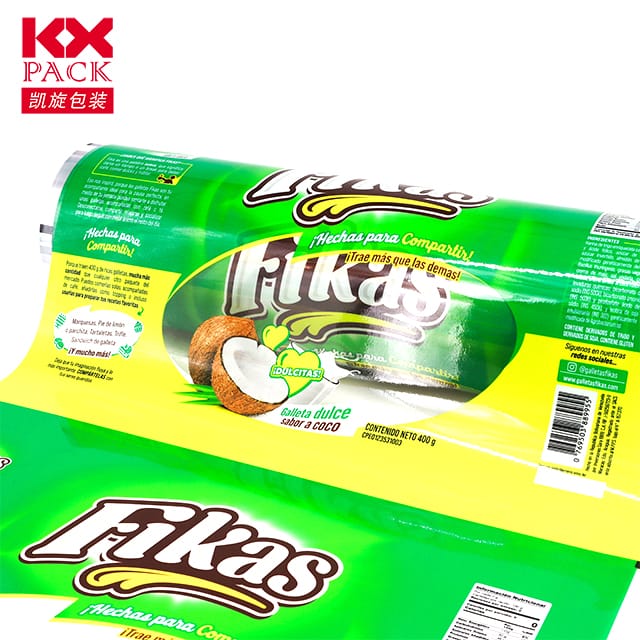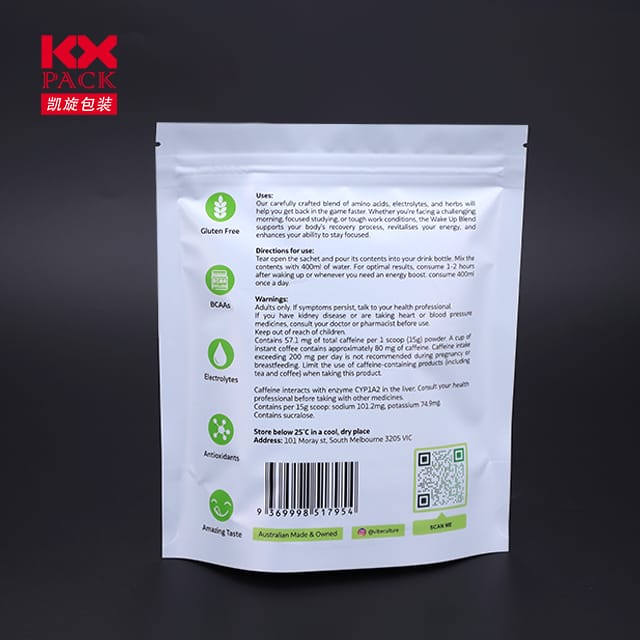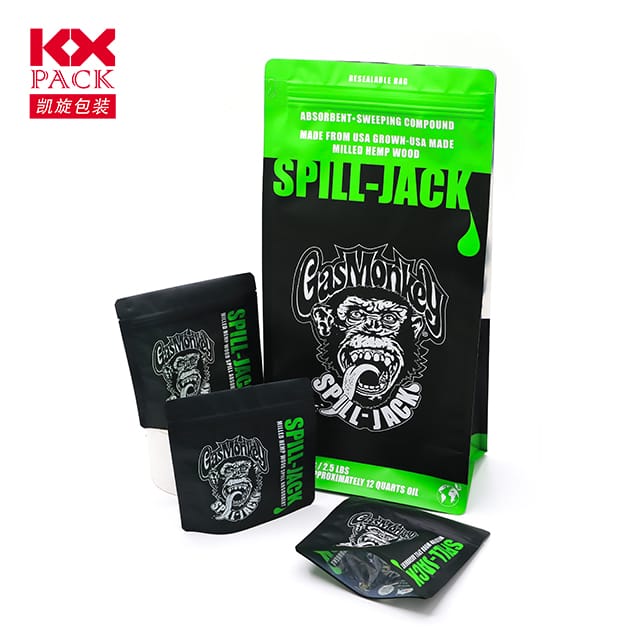塑料包装膜: 创新, 可持续发展, 和包装的未来
塑料包装膜
在一个方便符合环境意识的时代, 塑料包装膜 已成为现代生活中无处不在但颇具争议的组成部分. 从包装新鲜农产品到密封电子产品, 这种多功能材料在保持质量方面发挥着关键作用, 延长保质期, 并减少食物浪费. 然而, 它的广泛使用也引发了关于塑料污染的争论, 回收挑战, 以及对可持续替代品的需求. 让我们探索塑料包装薄膜的演变格局, 它的创新, 以及通往更绿色未来的道路.
塑料包装膜在现代社会中的作用
塑料包装薄膜——通常由聚乙烯等聚合物制成 (体育), 聚丙烯 (聚丙烯), 或聚氯乙烯 (PVC)——因其灵活性而备受赞誉, 透明度, 和障碍物. 它可以保护货物免受潮湿, 氧, 和污染物, 确保产品以原始状态到达消费者手中. 从食品和饮料到制药和物流等行业每天都依赖它.
例如, 改良的气氛包装 (地图) 薄膜通过调节气体交换来延长肉类和蔬菜的新鲜度, 收缩包装膜在运输过程中保护托盘. 即使是电子商务巨头也依靠耐用的塑料薄膜来保护运输过程中的易碎物品.
环境困境: 便利与. 可持续发展
尽管有好处, 传统塑料包装膜带来重大环境风险. 一次性塑料通常最终进入垃圾填埋场或海洋, 它们需要几个世纪的时间才能分解有害的野生动物和生态系统. 微塑料, 这些薄膜的破裂造成的, 已经渗透到供水系统甚至人类食物链.
消费者和政府越来越要求采取行动. 欧盟一次性塑料指令等法规和企业可持续发展目标 (例如。, 亚马逊的无忧包装) 正在推动品牌重新思考他们的包装策略.
创新推动变革
包装行业正在采取尖端解决方案来平衡功能性和环保性:
- 可生物降解和可堆肥膜
源自植物的材料 (例如。, 聚乳酸或PLA) 和可生物降解的聚合物 (例如。, PBAT) 正在获得吸引力. 品牌喜欢 类型 提供在工业堆肥条件下数月内分解的可堆肥薄膜, 模仿有机废物的生命周期. - 回收的内容电影
消费后回收 (pcr) 塑料被纳入包装薄膜中, 减少对维珍材料的依赖. 公司喜欢 道琼斯 和 埃克森美孚 正在投资先进的回收技术,将塑料废物转化为高质量的薄膜. - 食用包装
先锋初创公司正在试验由海藻制成的可食用薄膜, 淀粉, 或蛋白质. 产品如 伊萨! 水荚和 维基细胞 水果涂层旨在完全消除包装浪费, 虽然可伸缩性仍然是一个挑战. - 聪明而活跃的包装
嵌入传感器或除氧剂的薄膜可以实时监测食物新鲜度, 减少腐败. 例如, 徽章技术公司 开发时间-温度指示器,通过改变颜色来指示产品降解.
回收塑料包装薄膜的挑战
虽然回收是解决方案的关键部分, 塑料薄膜面临独特的障碍. 薄的, 轻的, 并且经常被食物残渣或粘合剂污染, 它们很难在标准回收设施中进行处理. 许多城市将他们排除在路边计划之外, 导致低回收率.
行业举措如包装回收行动计划 (裹) 在美国. 旨在改进塑料薄膜的收集系统. 零售商如目标 和沃尔玛 现在提供用于存放干净塑料袋和包装材料的垃圾箱, 将它们从垃圾填埋场转移.
消费者行为和选择的力量
转向可持续包装不仅需要技术创新,还需要消费者习惯的改变. 购物者可以通过以下方式推动对环保选择的需求::
- 选择包装最少或可回收的产品.
- 重复利用塑料薄膜进行存储或 DIY 项目.
- 支持优先考虑循环经济模式的品牌.
教育活动, 喜欢无塑料七月, 还提高人们对塑料废物影响的认识,并鼓励小型企业, 可行的步骤.
塑料包装薄膜的未来: 圆形愿景
塑料包装薄膜的理想未来在于材料重复利用的闭环系统, 回收, 或无休止地堆肥. 化学回收方面的进步——将塑料分解成分子成分进行再制造——可以使这一愿景成为现实.
同时, 跨行业合作, 政府, 消费者至关重要. 像这样的倡议新塑料经济全球承诺 团结起来 500 组织消除有问题的塑料并进行创新 100% 可重复使用的, 可回收, 或可堆肥包装 2025.
结论
塑料包装薄膜正处于十字路口: 保存和保护的重要工具, 却是全球塑料危机的象征. 前进的道路需要创新, 基础设施投资, 和集体责任. 通过采用可持续材料, 改善回收系统, 并做出有意识的选择, 我们可以确保塑料包装膜在不损害地球的情况下发挥其作用.
您正在采取哪些措施来减少日常生活中的塑料垃圾? 在下面的评论中分享您的提示!







